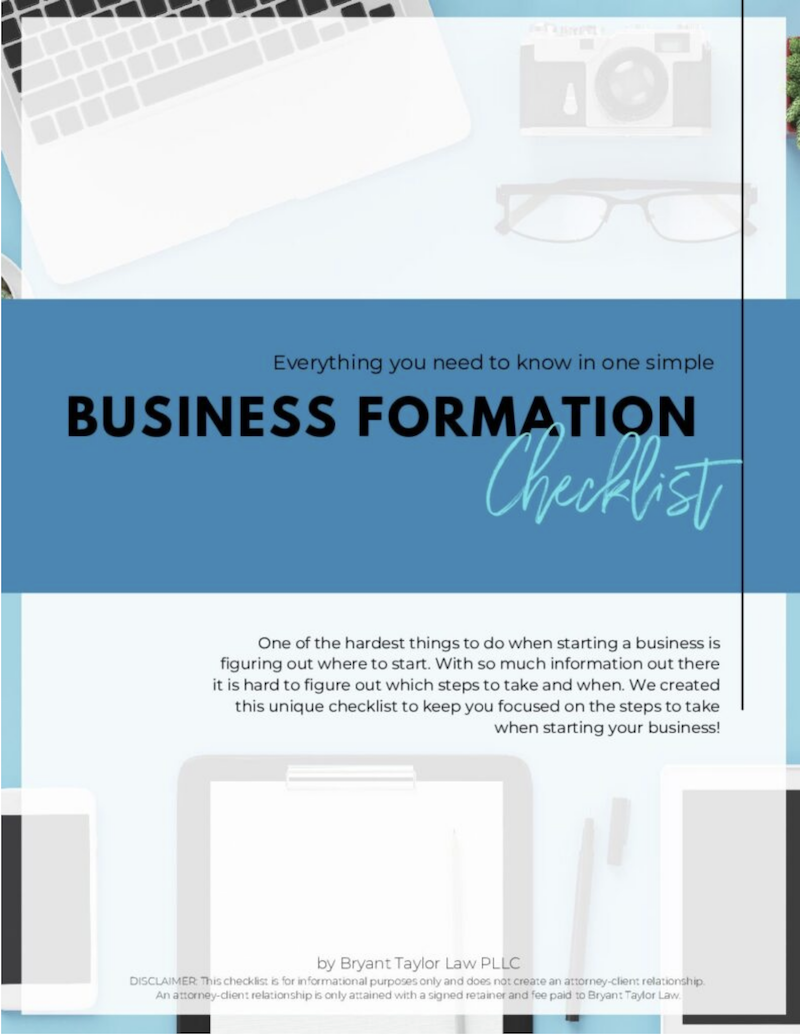
Properly classifying employees is a vital compliance issue that some employers have failed to address, often at a significant cost. This often leads to a disruption of business or even, in some rare cases, shuttering your business.
Employee classification issues have become a more common issue for businesses in the wake of the COVID-19 pandemic. As companies rely on different types of employees, such as contractors and freelancers, classification becomes a more common conversation.
It’s important to understand the distinct differences between a 1099 employee and a W-2 employee.
What is a 1099 Employee?
A 1099 employee, often referred to as an independent contractor, is an individual or business entity brought in by another company to perform specific tasks or services. These workers are considered self-employed and are responsible for handling their own taxes and benefits. They receive a Form 1099-NEC or Form 1099-MISC at the end of the tax year.
These workers encompass a wide range of professions, but one of the key differences for them is that they retain control over their own work. Your business is able to provide deadlines and specifics about the final result, but the work itself cannot be restrained by stringent business hours or excessive monitoring. Essentially, you hire them to do a job and eventually see the payoff by the end of the project.
What is a W-2 Employee?
A W-2 employee, on the other hand, is considered an employee of the company they work for. Employers withhold federal and state income taxes on their behalf as well as Social Security and Medicare taxes. At the end of the tax year, W-2 employees receive Form W-2.
W-2 employees enjoy certain benefits and protections that independent contractors do not. Benefits packages often include health insurance, retirement plans, paid vacation and sick leave, and workers’ compensation coverage. W-2 employees are also governed more strictly by labor laws, but employers also have more control over the work they do each day.
What Classifying Employees Correctly Does For Your Business
Classifying employees correctly is not just a matter of paperwork; it has significant implications for both employers and workers. Some employers who have relied on independent contractors (1099 employees) for an extended period may decide to transition to hiring W-2 employees, or vice versa. However, this transition is often complex and presents unique challenges for your company.
When transitioning from 1099 employees to W-2 employees, employers need to understand that they will be responsible for providing benefits such as health insurance, paid leave, and retirement plans. Compliance with labor laws and regulations is extremely important to avoid punishments from the IRS or federal government.
Conversely, employers who hire W-2 employees and wish to switch to using 1099 employees must be aware that independent contractors handle their own taxes and benefits as well as the pace and production of their work.
Get Help Classifying Employees
You can’t afford to get this wrong. If you need assistance classifying certain employees or understanding the process as a whole, contact Bryant Taylor Law. Our experienced team can provide guidance on employee classification, assist with compliance issues, and ensure your business operates within the confines of the law.
Bryant Taylor
Latest posts by Bryant Taylor (see all)
- Understanding Hard Money Lending for Real Estate Investments - April 18, 2024




